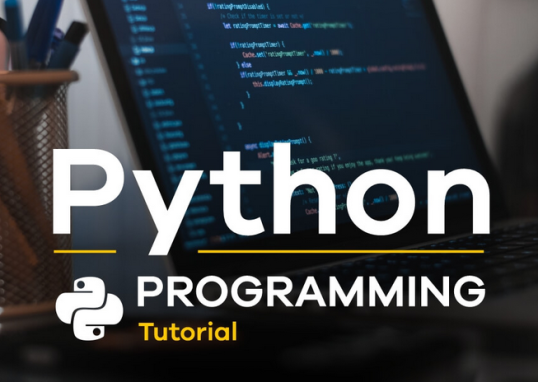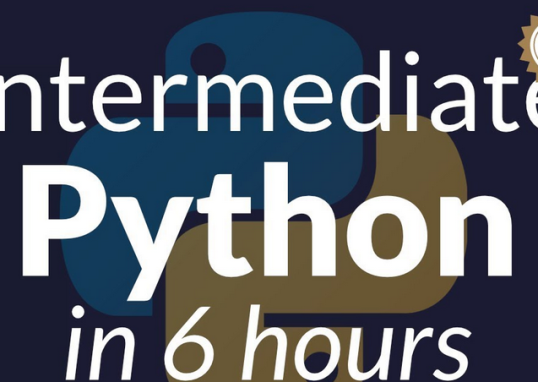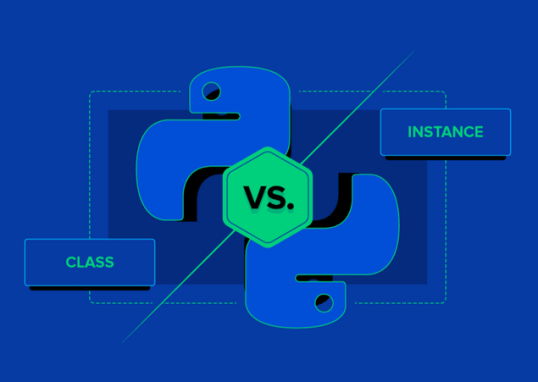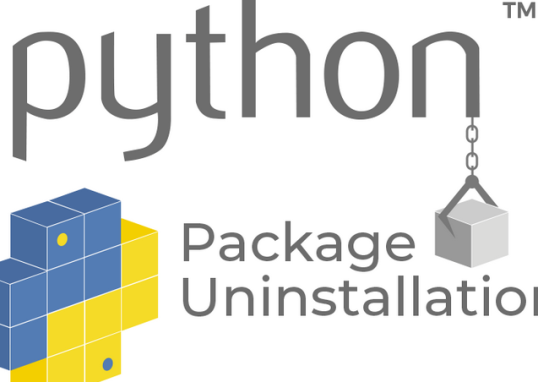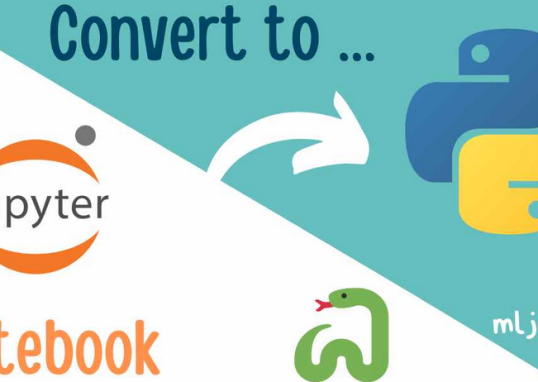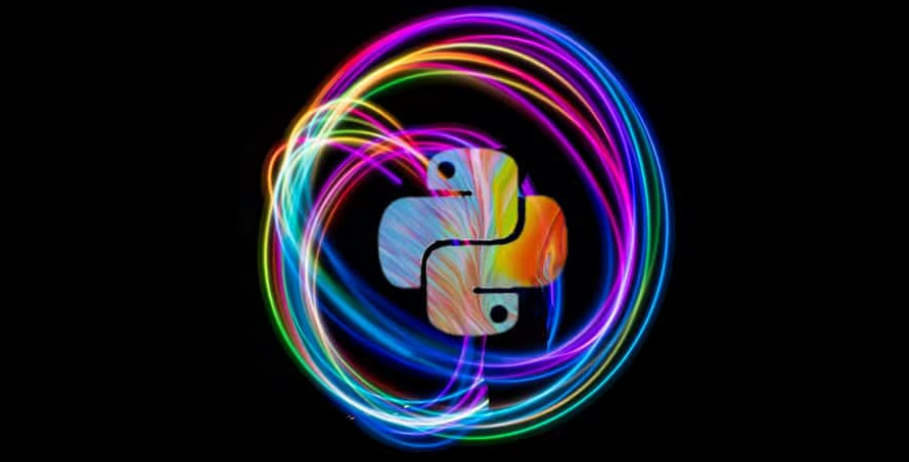
Extract features based on object appearance and shape characteristics. Examples include Hu Moments, Zernike Moments, and Haralick texture features.
Appearance and shape descriptors are methods used in computer vision and image processing to quantify the visual characteristics of objects. Here are details about three commonly used descriptors:
- Hu Moments: Hu Moments is a set of seven moments invariant to translation, rotation, and scale changes. They are derived from the image’s central moments and are used to describe the shape of an object.
Application: Hu Moments are particularly useful in shape recognition and object matching, where robustness to transformations is crucial.
- Zernike Moments: Zernike Moments are a set of orthogonal moments defined on a circular domain. They are used to represent the shape of an object and are invariant to rotation.
Application: Zernike Moments find applications in pattern recognition, image analysis, and optical character recognition (OCR).
- Haralick texture features: Haralick texture features are a set of statistical measures used to describe the texture patterns in an image. They are based on the co-occurrence matrix, which represents the spatial relationships between pixel intensities.
Application: Haralick texture features are applied in texture analysis tasks, such as identifying regions with different textures in medical images or material inspection.
Feature extraction methods involve extracting specific numerical values or vectors from an image to represent its appearance or shape characteristics. Invariance to transformations such as translation, rotation, and scale make these descriptors robust for object recognition tasks.
They provide a quantifiable representation of the visual features of an object, enabling efficient comparison and analysis. Many of these descriptors can be implemented using the OpenCV library, which provides functions for calculating moments, texture features, and other descriptors. These descriptors are valuable in applications where understanding the shape and texture of objects is essential, such as in image recognition, content-based image retrieval, and medical image analysis. By utilizing these appearance and shape descriptors, computer vision systems can gain insights into the distinctive features of objects, enabling effective analysis and recognition in various domains.
Experimenting with different feature extraction methods and observing their impact on clustering performance is often necessary. You may also consider combining multiple types of features to capture various aspects of the data.
Remember to preprocess the features appropriately (scaling, normalization) before applying clustering algorithms. Additionally, the choice of the number of clusters in K-means may also impact the results, and tuning this parameter may be required.
Visualizing video data using Matplotlib
Let’s see the visualization examples for exploring and analyzing video data. We will generate some sample data and demonstrate different visualizations using the Matplotlib library in Python. We’ll import libraries first. Then we’ll generate some sample data. frame_indices represents the frame indices and frame_intensities represents the intensity values for each frame:
import matplotlib.pyplot as plt
import numpy as np
# Generate sample data
frame_indices = np.arange(0, 100)
frame_intensities = np.random.randint(0, 255, size=100)
